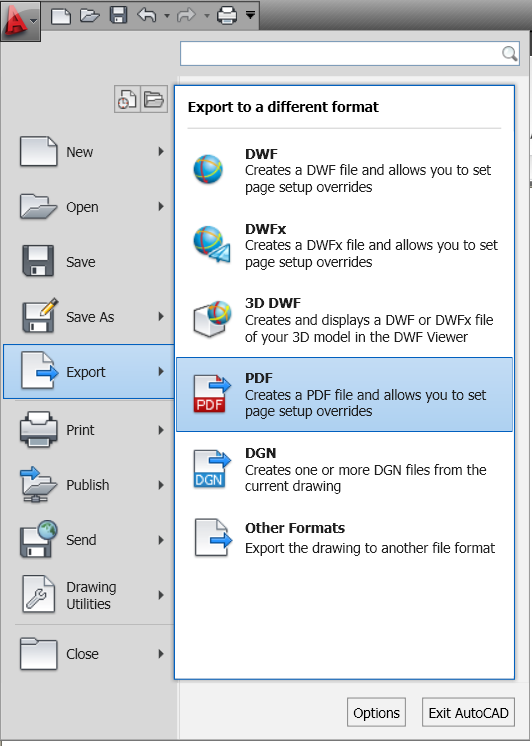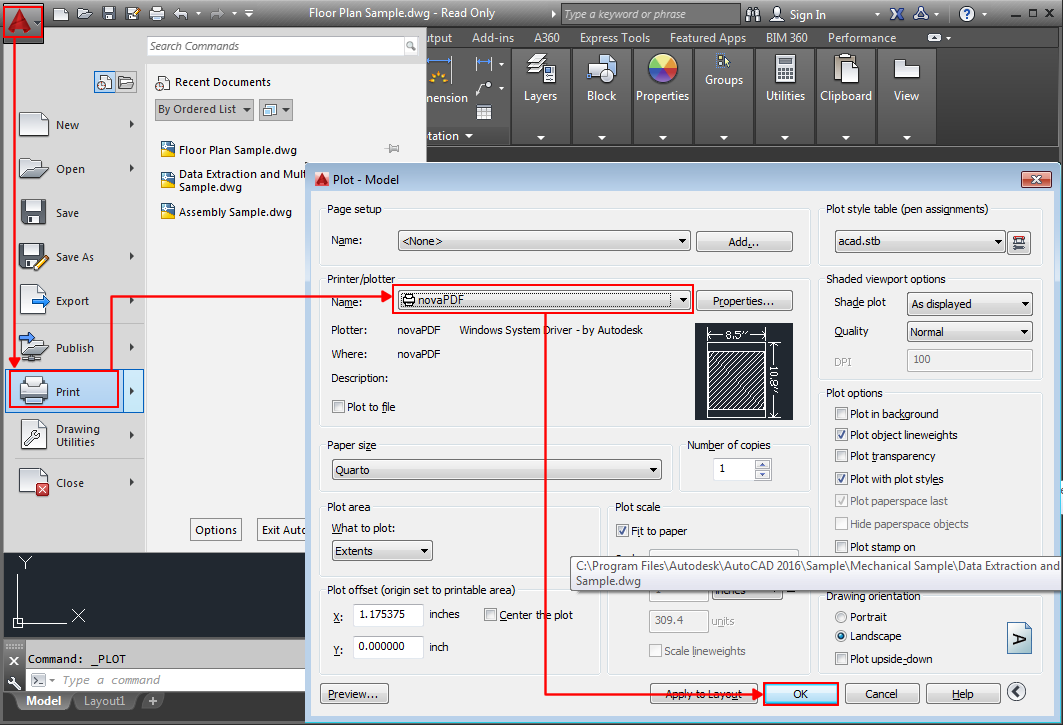


Deformities and round-off errors in tiny objects when a drawing contains very large objects as well as tiny objects.Round-off errors on large coordinates such as those found in geolocated drawings.

Round-off errors on computed locations of objects, such as the locations of tangent points, and arc radiuses and their endpoints. This loss of precision can become apparent as: Loss of precision - PDF stores data in single precision numbers, while DWG stores data as double-precision numbers. Refer to the Adobe documentation for more information. Set Transparency Flattening to "Print as Image" or reduce the Raster/Vector Balance in Adobe Acrobat. If the PDF file contains transparent objects, you may need to adjust some settings in Adobe Acrobat. Printing PDF files - If you use the Adobe Acrobat Reader default printer settings to print a PDF drawing, transparent objects and wipeouts might not print correctly. Furthermore, text within the viewport is not searchable, and hyperlinks are removed. From the Paper Size drop-down, choose the paper size you want. In the Plot dialog box, from the Printer/Plotter drop-down list, choose DWG To PDF. With the viewport’s layout tab still displayed, choose Output tab> Plot. As a result, drawing information such as the layers within the viewport is lost. Set up your viewport to the scale you want. 3D Visual Styles - All viewports, model space or layout that have a 3D Visual style applied to them are converted to raster images when plotted to PDF. Resolution - The highest possible resolution of PDF data is 4800 dpi.










